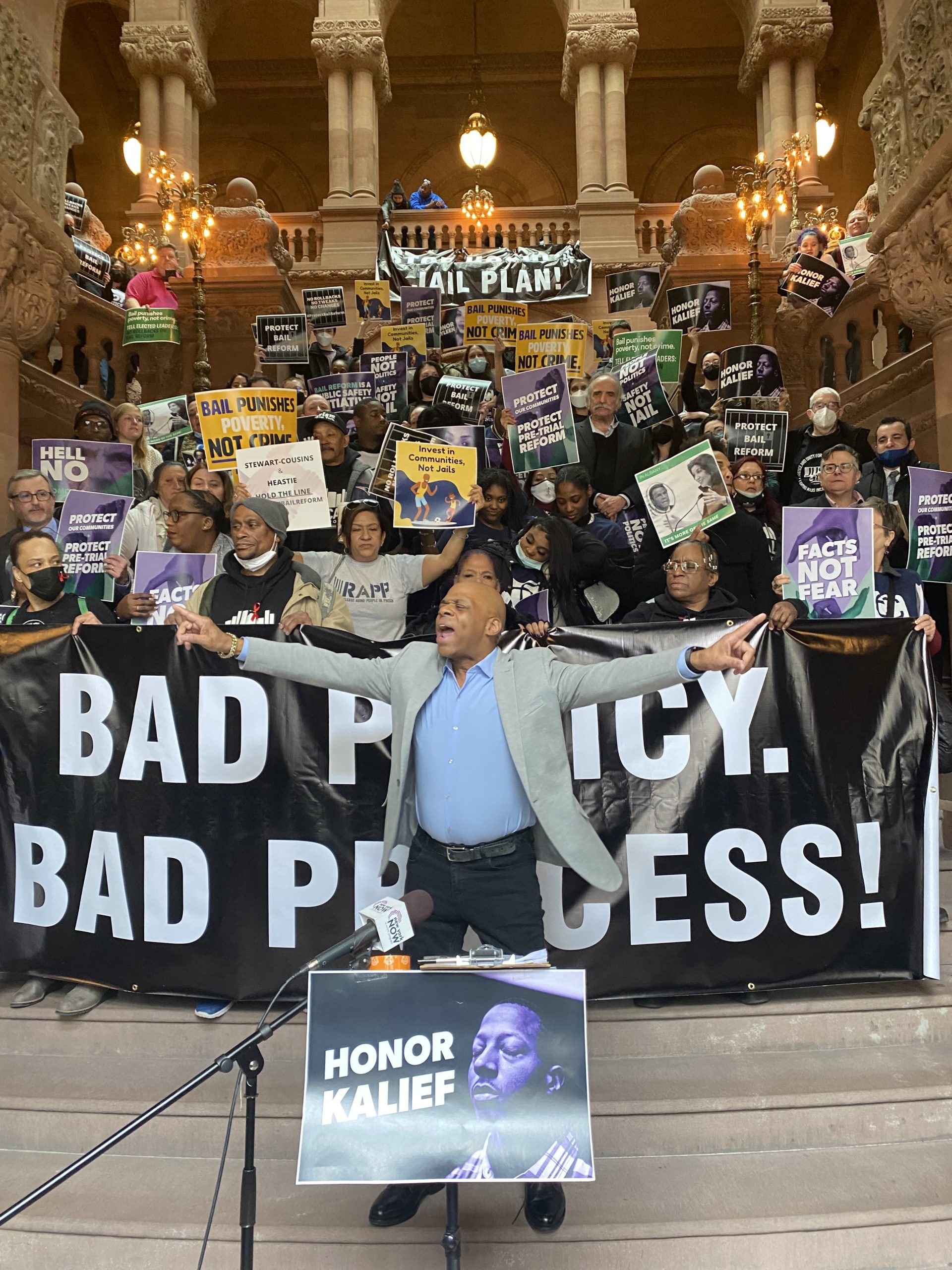Bail reform advocates: ‘Statistics are proving us right’

The Department of Criminal Justice Services (DCJS) issued a report on Wednesday and the numbers it showed are being cheered by bail-reform advocates.
“The data released today by DCJS confirms what we have seen in other data sets and directly disproves the talking points of opponents who have sought to score political points from intentionally spreading misinformation,” said Marvin Mayfield, director of organizing at the Center for Community Alternatives.
Critics of bail reform, which emphasized no cash bail, or bail alternatives in non-violent cases, to bring our local bail laws more in line with the rest of the country, have sounded the alarm that the reforms and made claims that the reforms created a revolving door for criminals who are likely to reoffend.

Brooklyn Boro
View MoreNew York City’s most populous borough, Brooklyn, is home to nearly 2.6 million residents. If Brooklyn were an independent city it would be the fourth largest city in the United States. While Brooklyn has become the epitome of ‘cool and hip’ in recent years, for those that were born here, raised families here and improved communities over the years, Brooklyn has never been ‘uncool’.